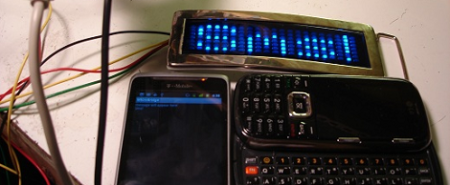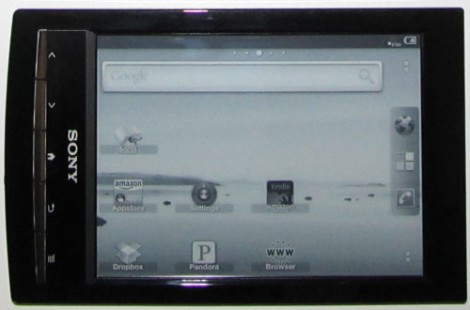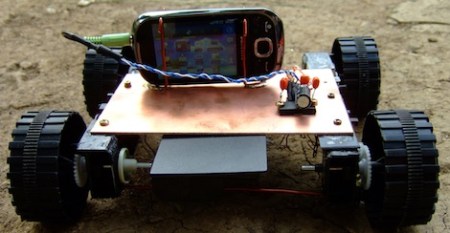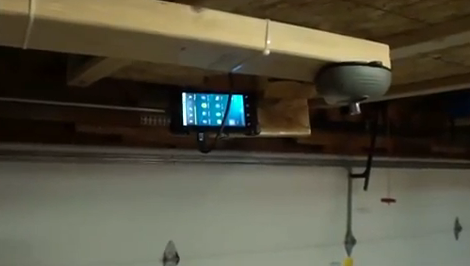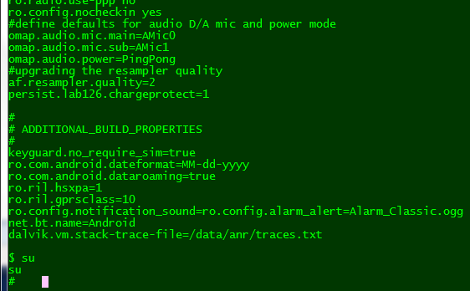
Amazon’s new tablet reader, the Kindle Fire has been rooted. Early this morning [Death2All110] posted the steps he took to gain root access to his device (which is so fresh out of the box it still smells new). The heavy lifting is done by a package called SuperOneClick which aims to root all manner of phones and devices running Android.
There’s a bit more than the one click necessary, but not by much. Using the Android Developer Bridge in conjunction with the SDK you need to put in a value that will be recognized as the VID. From there, turn on the ability to install apps from unknown developers, re-enumerate the device on your PC and run the one-click package.
What can you do with this? Well, it completely opens up the Android OS so that you can bend it to your will. We haven’t seen any demonstrations yet, but it should be even better than what we saw done with the Sony PRS-T1.
[Addictive Tips via Reddit]


